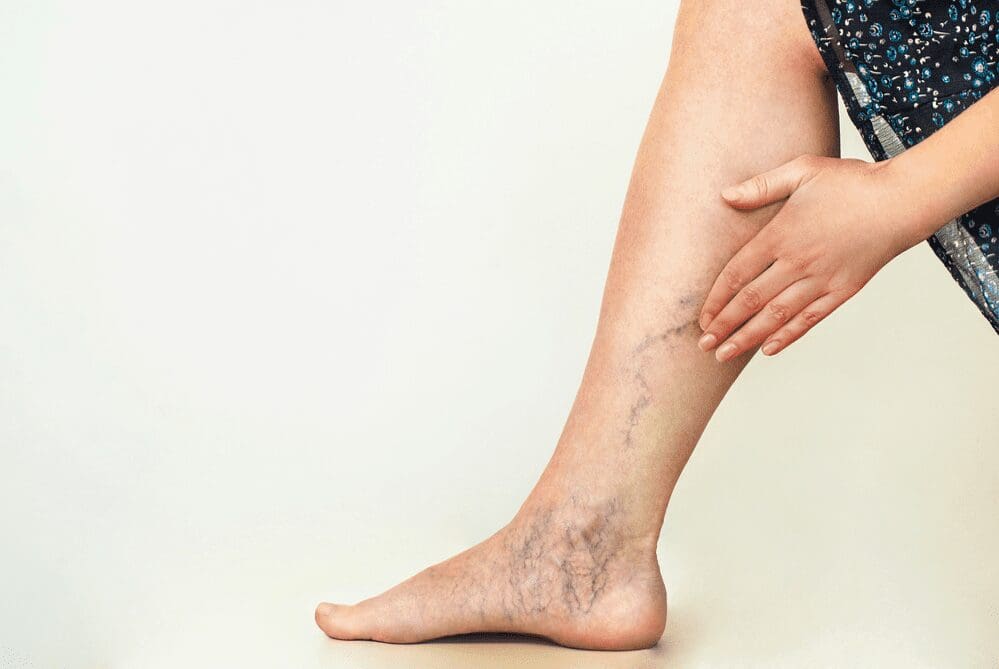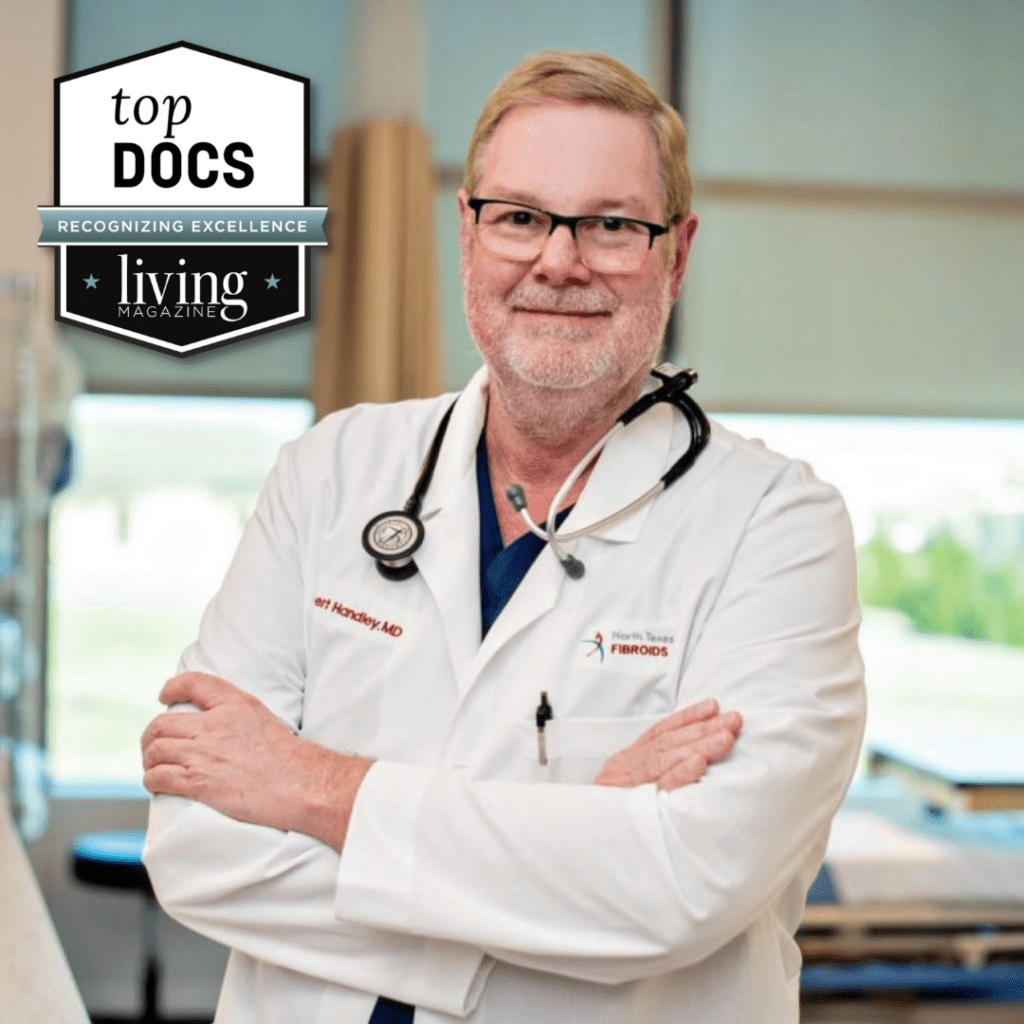Varicose veins are raised, bulging, gnarled veins that typically appear on the lower body. Varicose veins happen because the vein walls are stressed by increased blood pressure, which can be caused by being overweight or standing on your feet for too long. When varicose veins start to ache and cause discomfort, it may be time to consider a treatment such as radio frequency ablation at North Texas Vein & Vascular in Flower Mound, TX.
How Long Does Relief From Radio Frequency Ablation Last?
The primary appeal of radio frequency ablation is the ability to enjoy long-lasting results. For the most part, people who use this treatment to reduce the appearance of varicose veins can expect results that last for several months or years, depending on how well they respond to treatment.
The reason this treatment can be used to reduce pain caused by varicose veins is that radio frequency ablation collapses the vein that is sending pain signals through the leg. When this vein is no longer active and blood flow is rerouted to nearby healthy veins, you will no longer feel discomfort in your legs.
How Long Will It Take for Varicose Veins to Disappear
It will usually take up to 12 months for very large varicose veins treated with radio frequency ablation to completely disappear. Immediately after your treatment and recovery, you will likely notice that the appearance of your unwanted varicose vein is significantly reduced. As the vein is absorbed into the body and blood flow is directed to healthy veins, the appearance of your legs will continue to improve.
That said, the severity of your varicose veins may influence how long it takes for these veins to disappear. For example, mild to moderate varicose veins will usually disappear faster than larger veins.
Will Varicose Veins Return?
Varicose veins that are treated with this radio frequency treatment will not return. This is because the vein wall completely collapses and is absorbed by the body. However, veins in nearby areas can eventually become varicose veins in the future, particularly if lifestyle factors that contribute to the development of varicose veins are not corrected.
What Is This Treatment Like?
This treatment will usually take one to three hours to complete. There are several steps involved in your treatment, starting with a comprehensive consultation that will assess whether this treatment is ideal for you. For example, if you have a history of blood clots or you’re taking certain medications, this treatment may not be ideal for reducing the appearance of your varicose veins. Some of the treatment steps include:
Ultrasound Examination
Before your treatment can begin, the affected vein must be examined by an ultrasound scan first. The ultrasound allows your provider to get a good look at the targeted varicose vein to create a treatment plan that will reduce trauma to the body. The ultrasound examination can be done in only a few minutes. Usually, this examination is done during your consultation or on the treatment day.
Local Anesthetic
Next, a local anesthetic will be administered to the area that is being treated. The local anesthetic will numb the treatment area so you will not feel the radio frequency treatment. Sometimes, a diluted lidocaine formula will also be injected into the affected vein before the radio frequency treatment starts. Please let your provider know if you have any allergies to common anesthetics.
Radiofrequency Catheter
Finally, the radio frequency catheter will be inserted directly into the affected vein. The catheter will be placed high in the vein and pushed all the way down so that when the heating element of the radio frequency treatment is active, it will heat the entire affected vein as the catheter is slowly removed. Because of the anesthetic used before your treatment, this portion of your treatment will not be uncomfortable.
What Should You Do Before Treatment?
Before your treatment, you will need to talk to your provider about any prescription medications you are taking, especially anticoagulants or medications that cause blood thinning. If you are taking supplements or over-the-counter medications like aspirin, you also need to let your provider know.
Usually, you can discontinue these medications and supplements for a week before your treatment. Additionally, you may receive instructions to not eat or drink anything at least ten hours before your treatment.
What Should You Do After Treatment?
After your treatment, your treatment site will be dressed in a bandage or compression stocking. After your treatment, you will need to follow all of your aftercare directions, which include caring for the catheter insertion site, keeping your legs elevated above heart level for the first several hours, and avoiding activities such as hot baths, saunas, and air travel.
Furthermore, it’s recommended that you walk around your house several times a day to keep blood flow active. Ideally, you should walk around for at least 15 minutes every two hours. If you have an occupation that requires standing on your feet for long periods, you will need to take some time off of work.
Will You Need a Follow-Up Appointment?
Generally, you will need to attend a follow-up appointment about one week after your radiofrequency ablation treatment. The follow-up appointment will ensure that there are no signs of infection at the catheter site and that your varicose vein is responding favorably to treatment.
Your provider will specifically check for any signs of blood clots. The most common signs of blood clots include pain or numbness in the leg, swelling, or a vein that is hot to the touch. If you follow your aftercare directions well, you will have a low risk of forming blood clots.
How Long Will You Need Compression Stockings?
Usually, you will need to wear compression stockings for at least six weeks after your vein treatment. It’s ideal if you can wear your compression stockings for most of the day, with the exception of bathing, as this will help your body absorb the treated vein more quickly.
You may be given prescription compression stockings or you may be directed to buy compression stockings over the counter. It’s important to note that compression stockings come in different strengths, so if you are given a prescription for these stockings, be sure to purchase stockings for the exact amount of compression. Too much or too little compression will affect your healing time.
Can You Prevent Varicose Veins In the Future?
There are a few things you can do to prevent varicose veins from developing in the future. For example, if you believe your varicose veins were caused by being overweight, it can be a good idea to lose any excess weight you may have. By losing weight, you can reduce the pressure placed on your legs, which will reduce the strain on your veins and likely decrease your risk of developing varicose veins in the future.
You can also change certain lifestyle practices, such as sitting or standing for too long. Sitting or standing for several hours at a time can affect the flow of blood through your veins. When blood pools in the veins, this stresses the vein wall and eventually leads to the formation of varicose veins.
Are You an Ideal Candidate?
People who have moderate to severe varicose veins are usually good candidates for this treatment. If you have tried other treatments, such as sclerotherapy, without much success, this treatment can be ideal for you. Severe varicose veins are typically those that cause physical symptoms such as pain, aching, or discomfort, especially at night.
Ideal candidates include women who are not pregnant, women who are not breastfeeding, and people who do not smoke or drink regularly. If you have a history of blood clots or stroke, this treatment may also not be appropriate for you.
What About Other Treatments for Varicose Veins?
There are alternative treatments you can consider to reduce the appearance of varicose veins if this treatment is not an ideal match. For example, laser therapy and sclerotherapy are both good options for varicose veins and spider veins. Your provider can explore other treatment options for you.
Get Relief From Aching Varicose Veins
Varicose veins that cause aching can be concerning. Fortunately, it’s easy enough to reduce the appearance of these varicose veins with a treatment like radio frequency ablation. If you think this treatment is a good match for you, get in touch with North Texas Vein & Vascular in Flower Mound, TX to schedule a consultation today.

